Bitcoin is the first decentralized digital currency, created by an individual or group using the pseudonym Satoshi Nakamoto. It represents a revolutionary approach to money, enabling direct online transactions between parties without the need for a financial intermediary.
Bitcoin operates on blockchain technology, which records all transactions on a public ledger, ensuring transparency and security. New Bitcoins are generated through a process called mining, where miners solve complex computational problems to verify transactions and are rewarded with new Bitcoins. This decentralized system allows for direct peer-to-peer transactions across the global network.
Bitcoin can be used in several ways: purchasing it on various cryptocurrency exchanges for investment or trading, mining it using specialized hardware to generate new coins, and using it for transactions and payments for goods and services. It’s also a valuable asset for those looking to diversify their investment portfolio.
Bitcoin’s market is known for its volatility, with prices fluctuating based on supply and demand dynamics. Despite this, it has seen substantial growth and acceptance as a digital asset. Security is paramount in the Bitcoin ecosystem; while the network itself is designed to be secure, users must take steps to protect their wallets and private keys. Awareness and caution are advised when engaging in transactions or investments in the Bitcoin market.
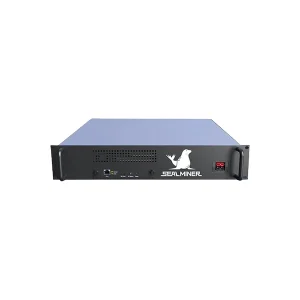
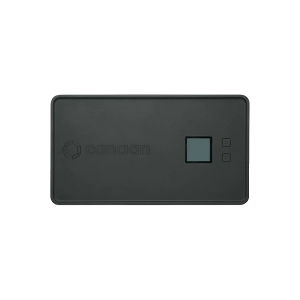
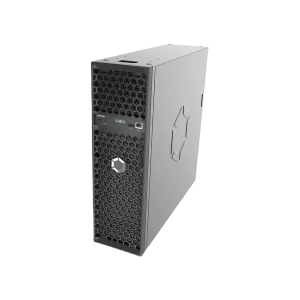



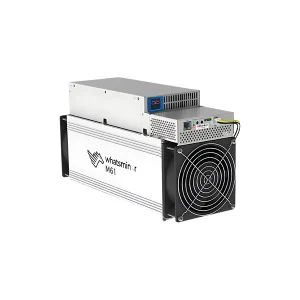


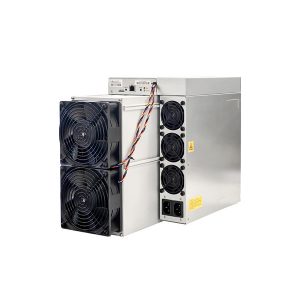
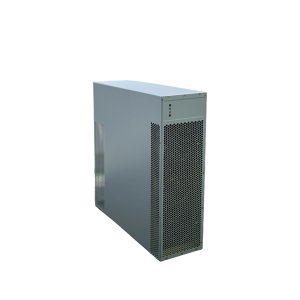
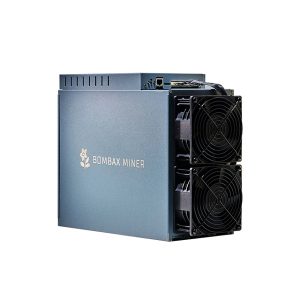

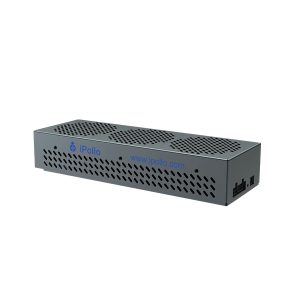
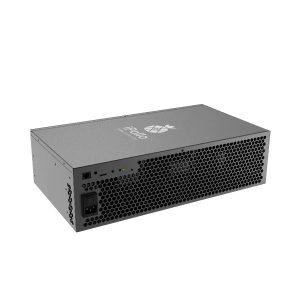
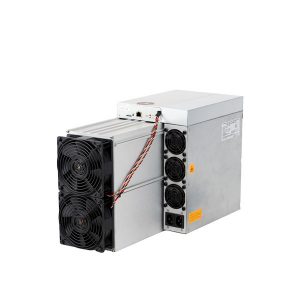

Ethereum Classic (ETC) is a hard fork of Ethereum (ETH), launched in July 2016. It functions as a smart contract network capable of hosting and supporting decentralized applications (DApps). Its genesis was marked by a desire to preserve the integrity of the original Ethereum blockchain following a significant hacking event that led to the theft of 3.6 million ETH. ETC stands as a testament to the original Ethereum vision, emphasizing immutability and the principle that “code is law.”
Ethereum Classic is essentially the legacy chain of Ethereum, created by the original Ethereum developers, including Vitalik Buterin and Gavin Wood. It emerged following a contentious hard fork in July 2016, triggered by a significant hacking event that compromised The DAO, a major decentralized autonomous organization. Ethereum Classic represents the continuation of the unaltered history of the Ethereum network, upholding the principle that the blockchain should remain immutable despite any incidents.
Ethereum Classic operates using a Proof of Work (PoW) consensus mechanism, similar to Ethereum, where miners solve complex computational problems to validate transactions and secure the network. Users pay gas fees in ETC to execute smart contracts, with these fees compensating miners for their computational efforts. Unlike Ethereum, which is transitioning to a Proof of Stake (PoS) system, Ethereum Classic intends to maintain its traditional mining approach. This commitment ensures that ETC continues to be mined through computational work, with a fixed maximum supply of 210.7 million coins, differentiating it from Ethereum’s variable supply model.
Ethereum Classic has faced challenges, including several “51% attacks,” where malicious actors gained the majority of the network’s mining power, allowing them to double-spend coins. Despite these incidents, Ethereum Classic has continued to secure its network, relying on a strong, global development community and the Etchash algorithm, which is ASIC-friendly, to maintain stability and security. With a capped supply of 210.7 million ETC, Ethereum Classic offers a finite resource for investors and users, underpinning its value proposition in the cryptocurrency market.
Kaspa is a decentralized, fully scalable cryptocurrency that leverages a BlockDAG architecture to address the scalability issues found in traditional blockchain systems. It operates on the GhostDAG protocol, a proof of work (PoW) technology, ensuring fast and secure transaction processing. Kaspa’s capability to maintain high transaction rates without compromising security distinguishes it in the cryptocurrency market. This innovative approach allows for more efficient and quicker transactions, making Kaspa a notable player in the realm of digital currencies.
Kaspa utilizes a unique BlockDAG (Directed Acyclic Graph) architecture, significantly improving upon the scalability and speed limitations of traditional blockchains. This innovative structure supports a high block rate, with the current Kaspa mainnet operating at one block per second, which is substantially faster than many other leading cryptocurrencies. This speed is not just a theoretical advantage; it enables real-time transaction processing, making Kaspa an exceptionally responsive and efficient network for users and developers alike. With plans to further increase this speed to ten blocks per second through network upgrades and eventually to a hundred blocks per second with a transition to Rust, a high-performance programming language, Kaspa aims to set new standards in transaction efficiency and network performance.
Kaspa stands out in the cryptocurrency market by solving the common issue of slow and inefficient transaction processing that plagues traditional cryptocurrencies like Bitcoin. It does so through a special protocol that enables the simultaneous processing of multiple blocks. This capability is rooted in its use of BlockDAG architecture, rather than a linear blockchain, allowing for parallel processing and significantly increasing the system’s throughput. Additionally, Kaspa adheres to the same rigorous security standards as Bitcoin, optimizing its resilience against attacks while ensuring that transactions are both swift and secure. This blend of speed, efficiency, and security makes Kaspa a distinctive and innovative digital currency.
Kaspa introduces a unique mining environment and token economy with its maximum supply set at 28.7 billion coins. It employs an emission schedule that smoothly halves each year, encouraging mining decentralization and allowing effective solo-mining even at lower hashrates. This approach supports the network’s vision of accessibility and efficiency, distinguishing Kaspa from other cryptocurrencies.
Mining commenced with CPUs at the launch of the mainnet, transitioning to GPU mining as the community developed the first open-source GPU mining software. This phase of mining primarily using GPUs lasted until the advent of ASIC mining in April 2023, marking a new era for Kaspa mining.
Kaspa was fair-launched in November 2021, with no pre-mine, zero pre-sales, and no coin allocations, emphasizing its commitment to decentralization and community governance. The transition into ASIC mining underscores Kaspa’s adaptability and the community’s ongoing efforts to maintain network security and efficiency.


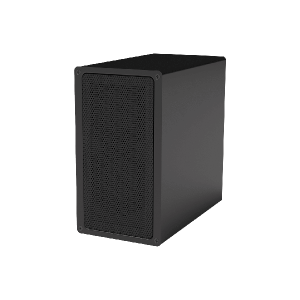

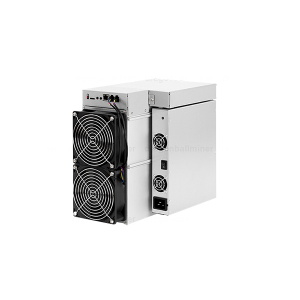
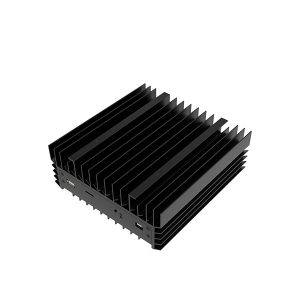



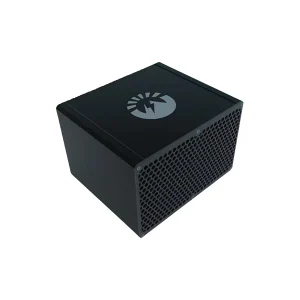
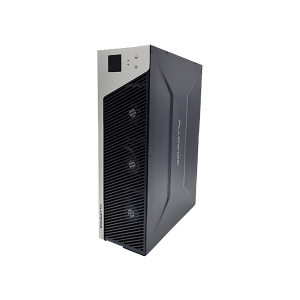
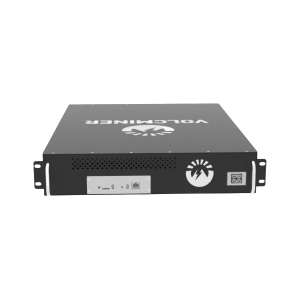

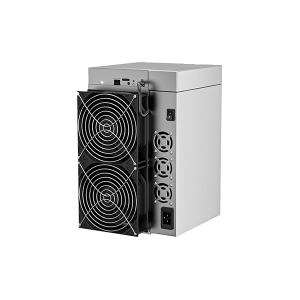
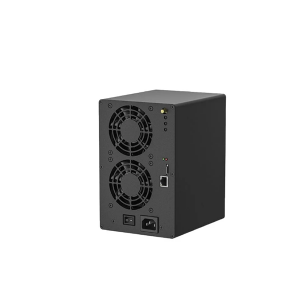

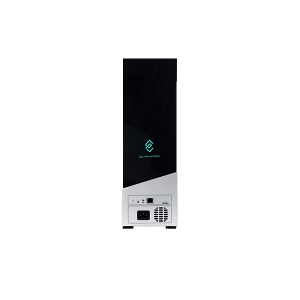
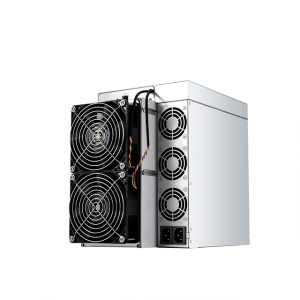
Litecoin, created in 2011, is designed as a lighter version of Bitcoin, facilitating quick and affordable payments. It processes payments almost four times faster than Bitcoin, aiming for enhanced scalability and quicker growth. Often symbolized by a silver coin as opposed to Bitcoin’s gold, Litecoin’s primary goal is to establish a global payment system that allows individuals to send and receive funds anywhere without intermediary involvement. With its native token, LTC, Litecoin introduces a practical solution for daily transactions, emphasizing speed, efficiency, and accessibility in the digital currency space.
Litecoin utilizes the Scrypt algorithm for its mining process, distinguishing it from Bitcoin’s SHA-256 algorithm. This choice was made to allow for more accessible mining by the general public, although Scrypt mining does require more memory. The Litecoin network aims to generate a block every 2.5 minutes, significantly faster than Bitcoin’s 10-minute block time, enabling quicker transaction confirmations. The maximum supply of Litecoin is capped at 84 million coins, offering a more abundant limit compared to Bitcoin’s 21 million. Currently, the block reward for mining Litecoin stands at 12.5 LTC, which halves approximately every four years, in line with the network’s halving schedule to manage coin inflation and supply rate effectively.
Litecoin was founded by Charlie Lee, an early cryptocurrency adopter and a prominent figure in the cryptocurrency community. Known by the nickname “Chocobo,” Charlie Lee is a computer scientist who was a former software engineer for Google. He has also served as the director of engineering at Coinbase from 2015 to 2017 before dedicating himself to Litecoin development and advocacy. Charlie Lee is the managing director of the Litecoin Foundation, a non-profit organization that collaborates with the Litecoin Core Development team to promote the advancement of Litecoin. Under his leadership, the foundation works towards making Litecoin a global, decentralized currency, emphasizing its role in facilitating accessible and cost-effective transactions.
Litecoin, often considered a direct fork of Bitcoin, shares many technical similarities with its predecessor but also introduces several key distinctions:
These features underscore Litecoin’s role as a complementary medium of commerce to Bitcoin, emphasizing its utility in facilitating faster and more efficient transactions.
Kaspa is a decentralized, fully scalable cryptocurrency that leverages a BlockDAG architecture to address the scalability issues found in traditional blockchain systems. It operates on the GhostDAG protocol, a proof of work (PoW) technology, ensuring fast and secure transaction processing. Kaspa’s capability to maintain high transaction rates without compromising security distinguishes it in the cryptocurrency market. This innovative approach allows for more efficient and quicker transactions, making Kaspa a notable player in the realm of digital currencies.
Dogecoin employs the Scrypt algorithm for its mining, similar to Litecoin, which allows for quicker transaction confirmations compared to Bitcoin. With block times of just one minute, Dogecoin facilitates faster processing, making it an efficient choice for sending and receiving payments. Unlike Bitcoin, which has a capped supply of 21 million coins, Dogecoin has an infinite supply, with five billion new coins introduced into circulation each year. This unique approach to supply ensures that miners are continuously rewarded for securing the network and processing transactions, supporting the long-term viability and dynamism of Dogecoin as a decentralized digital currency.
Dogecoin sets itself apart with its strong community spirit and emphasis on using cryptocurrency for good. Known as the “fun and friendly” internet currency, Dogecoin is more than just a digital asset; it’s a community-driven platform where members use DOGE for tipping and supporting content creators, charitable causes, and various projects. This culture of generosity and fun has led to several high-profile fundraising efforts, including sponsoring sports teams and charity events. The Dogecoin community’s approachability and sense of humor have attracted a diverse group of users, making it one of the most welcoming cryptocurrencies in the space. Its commitment to charitable giving and community support underscores Dogecoin’s unique position in the crypto world as a currency that leverages the power of internet culture for positive impact.
Despite its origins as a joke, Dogecoin has found a range of real-world applications that extend far beyond what many initially imagined for the cryptocurrency. It has become a popular means for tipping online, allowing users to reward and appreciate content creators on various social media platforms and forums for their contributions. This culture of tipping not only fosters a sense of community but also encourages the microtransaction economy within the digital space.
Moreover, Dogecoin’s adoption extends to charitable causes and fundraising. The Dogecoin community has mobilized to fund significant initiatives, including sponsoring sports teams and providing aid during natural disasters. This charitable aspect underscores the community’s strength and the potential of cryptocurrencies to facilitate direct, impactful actions.
In addition to tipping and donations, Dogecoin is increasingly being accepted by merchants for goods and services, demonstrating its utility as a transactional currency. Its ease of use, coupled with lower transaction fees compared to traditional payment methods, makes Dogecoin an attractive option for both online and brick-and-mortar businesses.
The widespread adoption of Dogecoin, driven by its passionate community and practical use cases, highlights the evolving role of digital currencies in today’s economy, proving that even a currency born from a meme can achieve significant utility and value.









Lorem ipsum dolor sit amet, consectetur adipiscing elit. Ut elit tellus, luctus nec ullamcorper mattis, pulvinar dapibus leo.

I am Ben Fang, the CEO of handyrocky.com, me and my team would be happy to meet you and learn all about your business, requirements and expectations.